At a recent Hyundai drive day, I got a first-hand look at their cockpit of the future! The Hyundai i30 was equipped with new drivers’ instruments, a steering wheel with dual screens and a large central infotainment screen. All of these screens work together to provide a complete information and input experience in the car. It was very interesting to see what vehicles can become when injected with futuristic technology.
Cockpit Drivers’ Instruments Cluster
The demonstration showed a new large drivers’ instrument cluster. Although, we are now all used to the virtual cockpit look, this screen came with a new twist. What you are actually looking at is two screens combined to make one display: they are layered on top of each other at 6mm apart. This gives it a rather striking depth effect.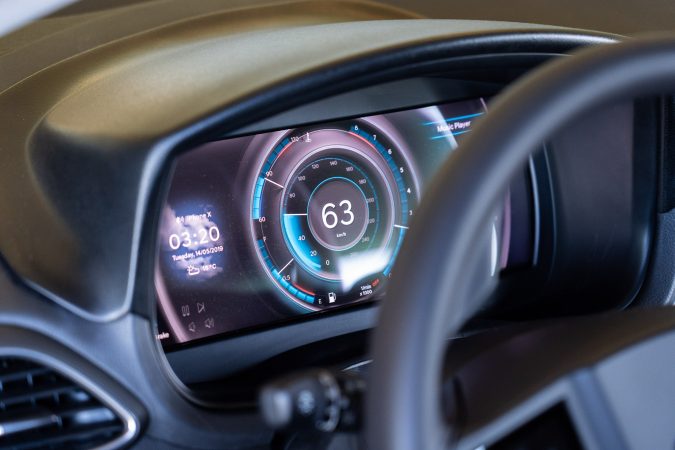
This multi-level display has an advantage when it comes to making you focus on information. If something needs to be brought to the driver’s attention, it can be foregrounded on the outer screen, making it stand out clearly. Clever stuff!
Of course, the demo we saw was just a test car, but the logic behind this new screen was very interesting. I look forward to seeing how this develops in the future.
Dual Screens on the Steering Wheel
Now, this is the bit you didn’t see coming. Hyundai is testing their steering wheels to see if adding two small screens with customisable virtual buttons improves the driver experience. Each screen has haptic feedback, so that you can tell you have pressed the screen without actually looking. Perfect for driving!
The idea of using a screen rather than driver input means that the buttons can be changed depending on what you are doing in the car. For example, if you receive a phone call, the screen could change to answer and reject buttons. Or, if you were on the motorway, the cruise control displays could show as a primary focus. This technology has endless uses, as you can see.
Cockpit Central Display
The central display in the car has also been carefully designed and includes new functionality such as haptic feedback, which gives the driver a nudge when they have selected an item on the screen. At the bottom of the screen, there is a small finger rest, so you can maintain the accuracy of your touch by placing one finger on the rest to steady your hand, while your other fingers touch the screen.
Also, you will notice that while there are no buttons to adjust the display, you can change the volume at any time by using the pop-up at the bottom of the screen.
The new screen isn’t as futuristic as the drivers’ instruments but still includes some serious innovations.
Is All This Technology A Distraction?
It is an obvious question I know, but is all this clever technology a distraction from the road? Recently, Hyundai conducted a driver distraction study with the Würzburg Institute for Traffic Science (WIVW). They completed usability tests whilst driving and Hyundai say that the results of the study showed that the use of the new cockpit is significantly below the limits of the globally acknowledged motor vehicle safety associations AAM and NHTS.
Of course, any time spent not looking at the road is a distraction, but if the technology that Hyundai is considering putting in their cars is less distracting than the methods we are currently using, then all these micro improvements should help keep us safer.

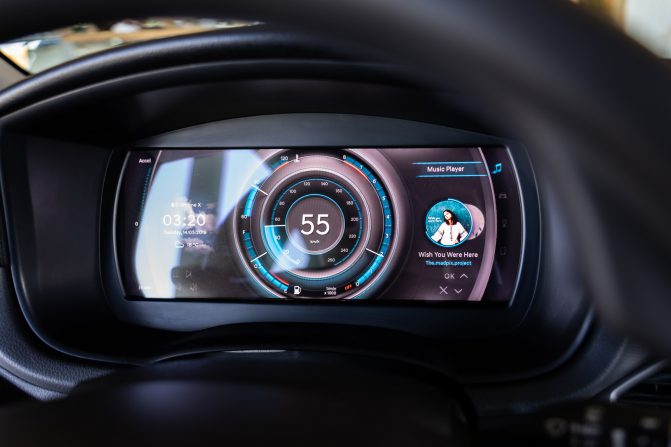
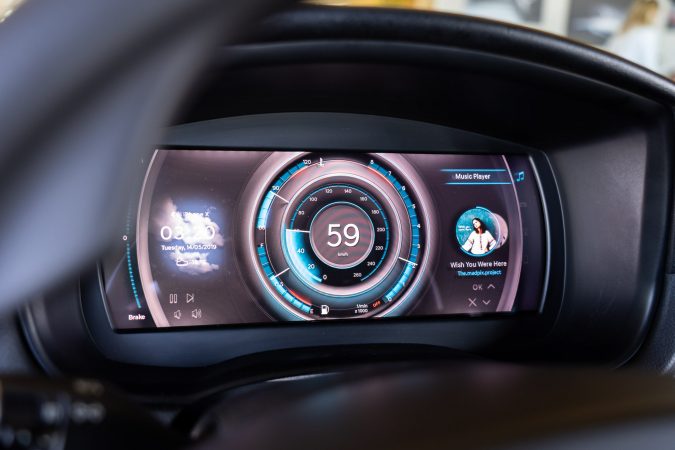
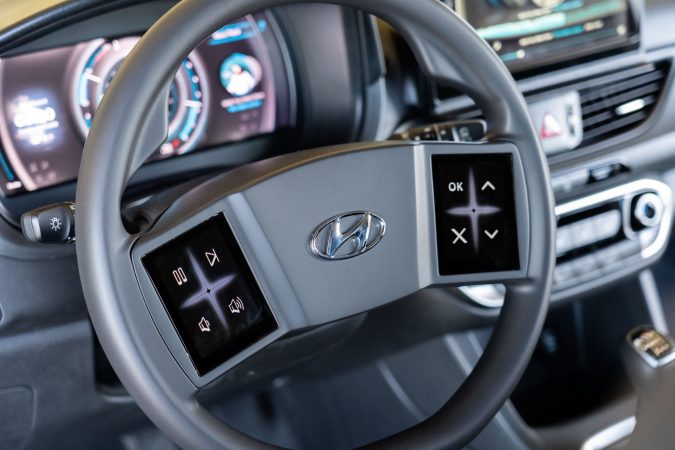
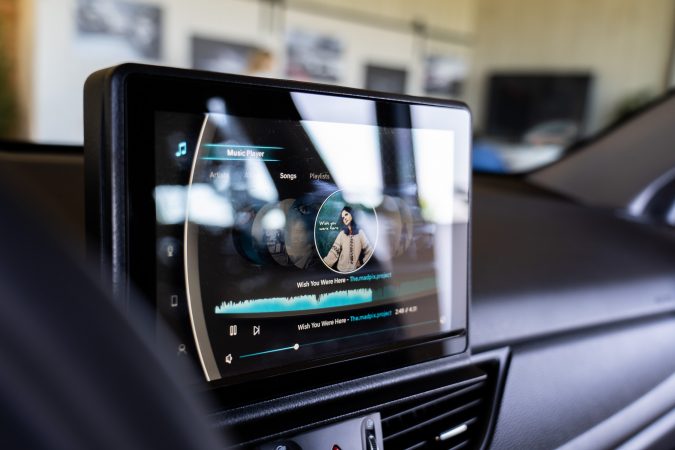
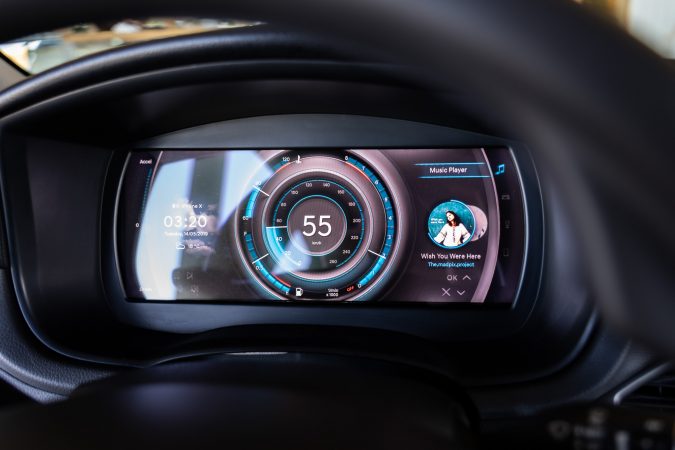
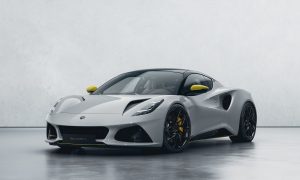
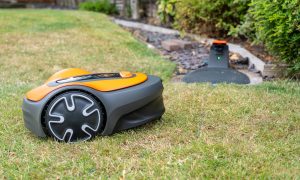
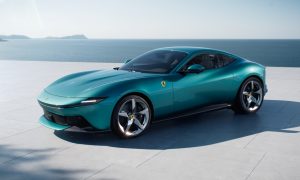
I love this new hyundai technology, very exciting.